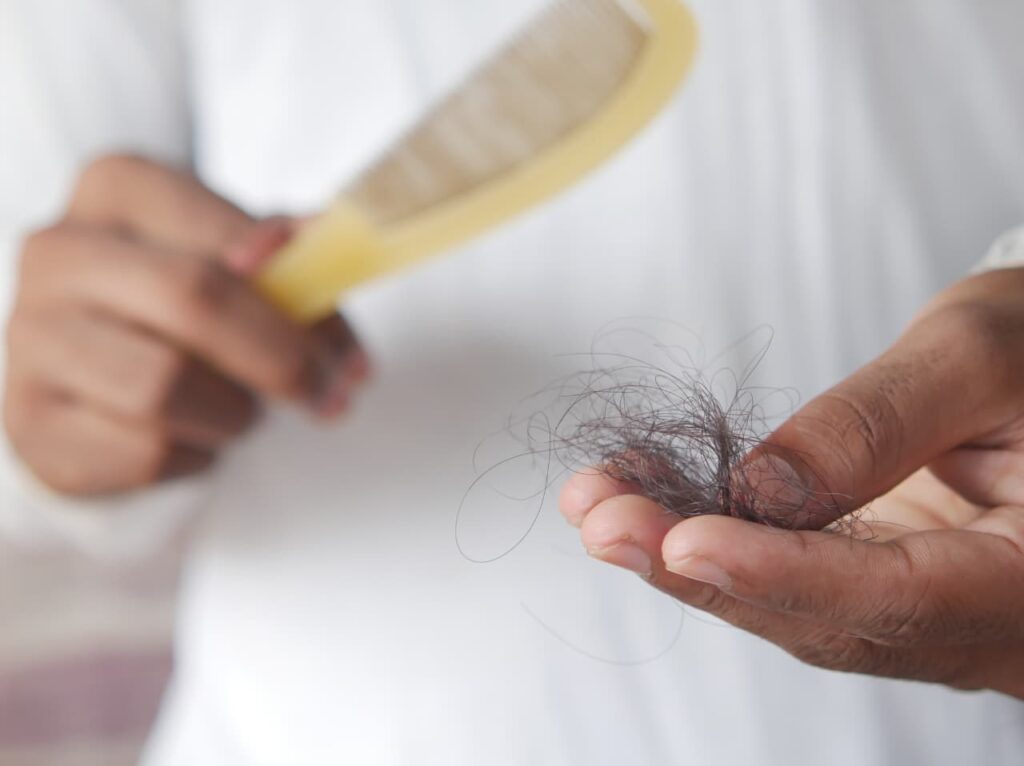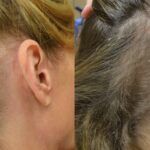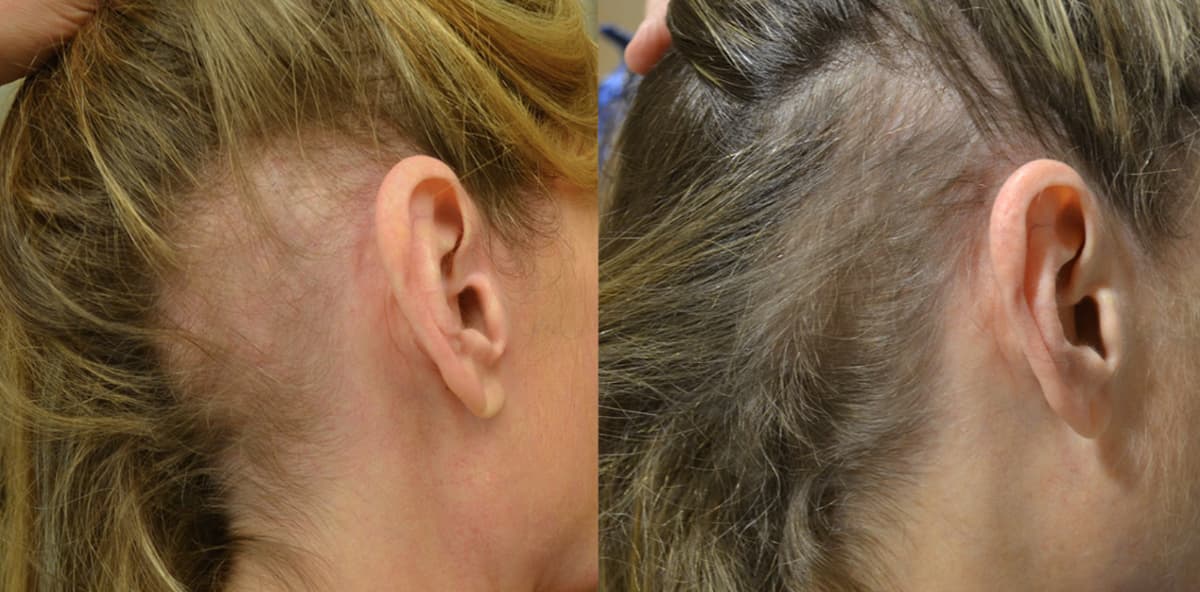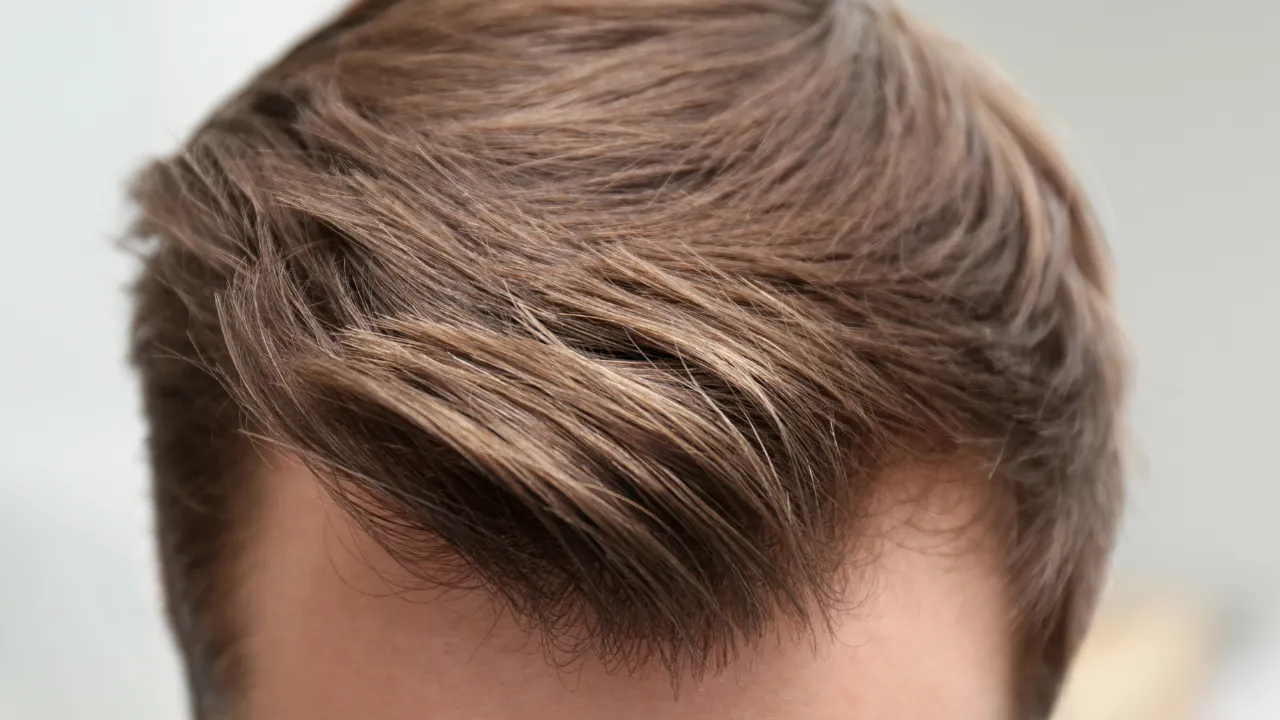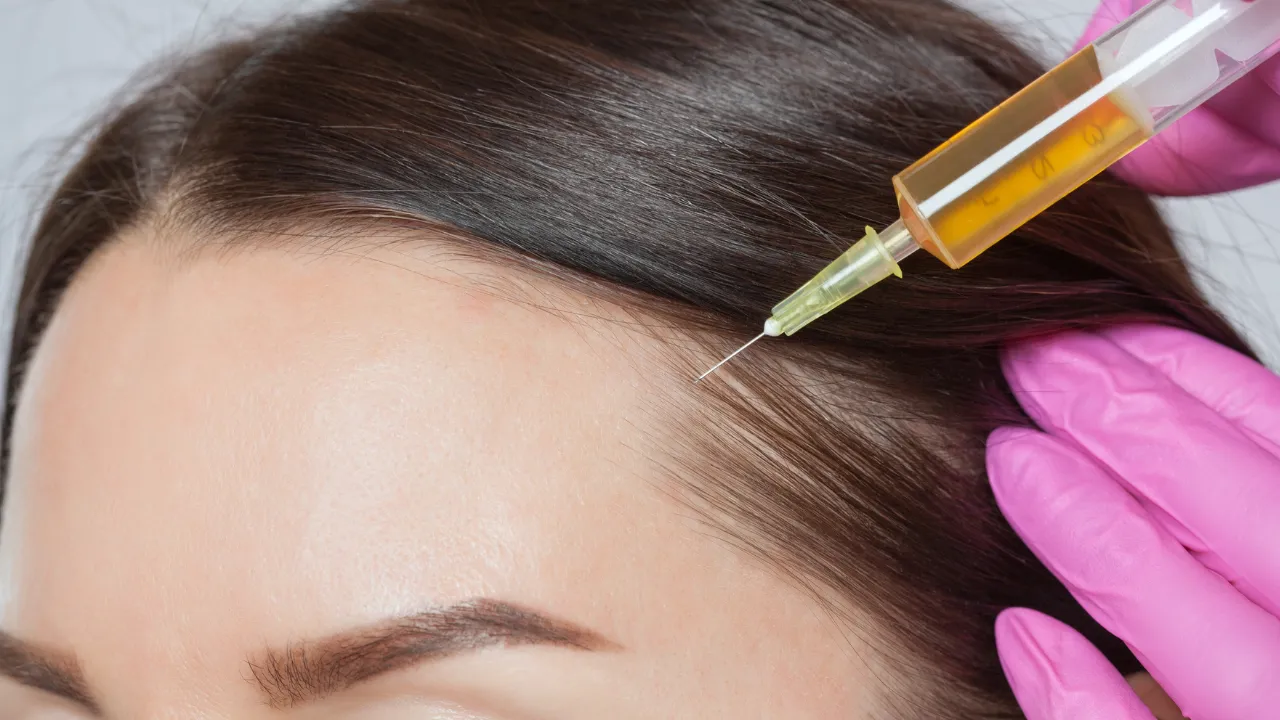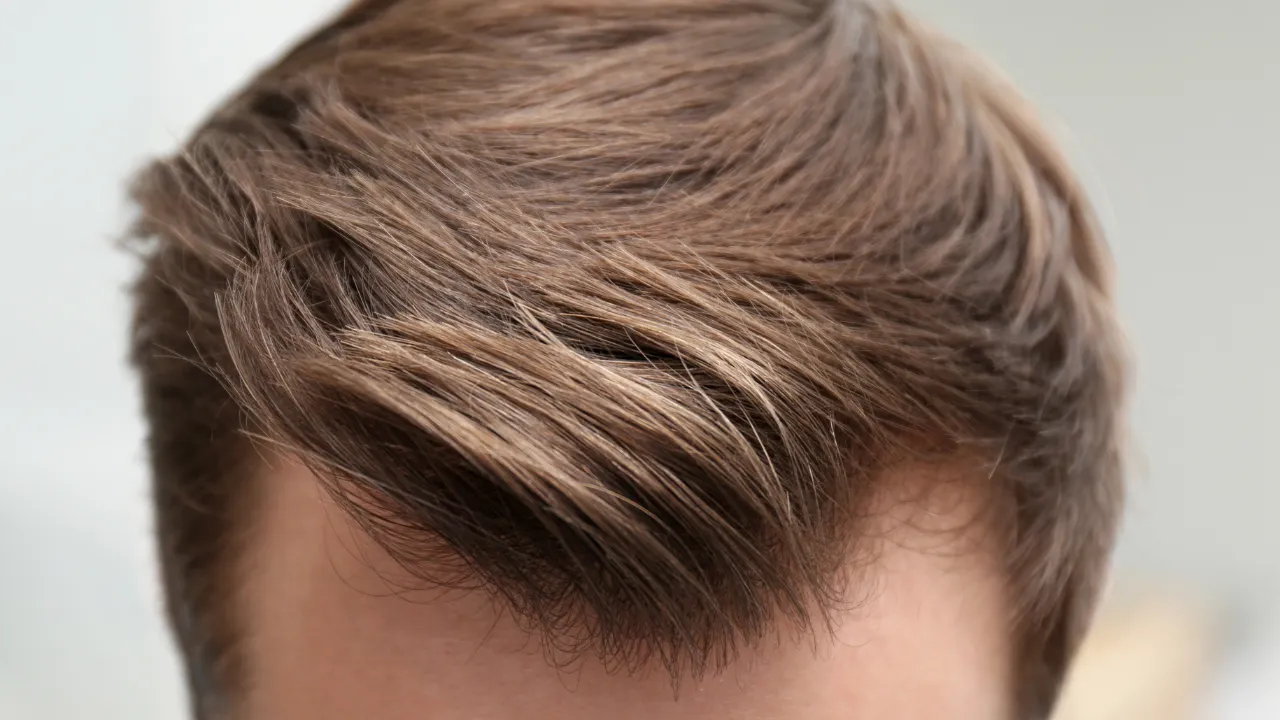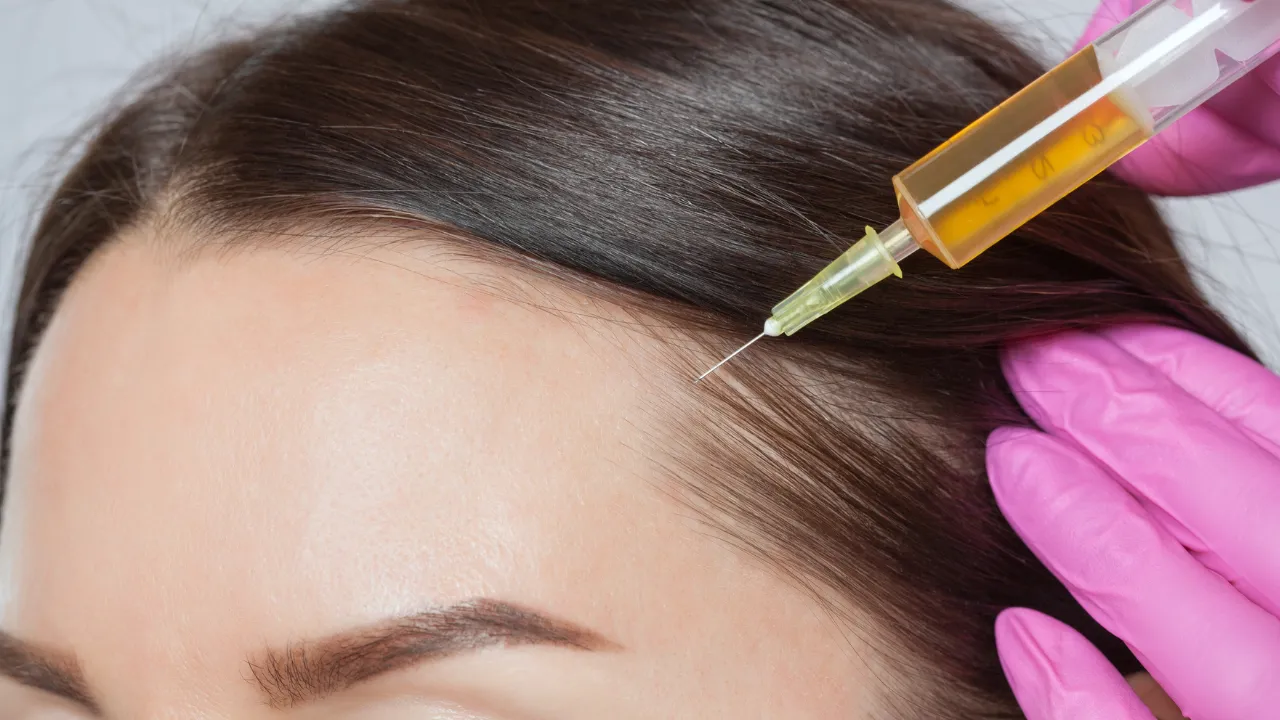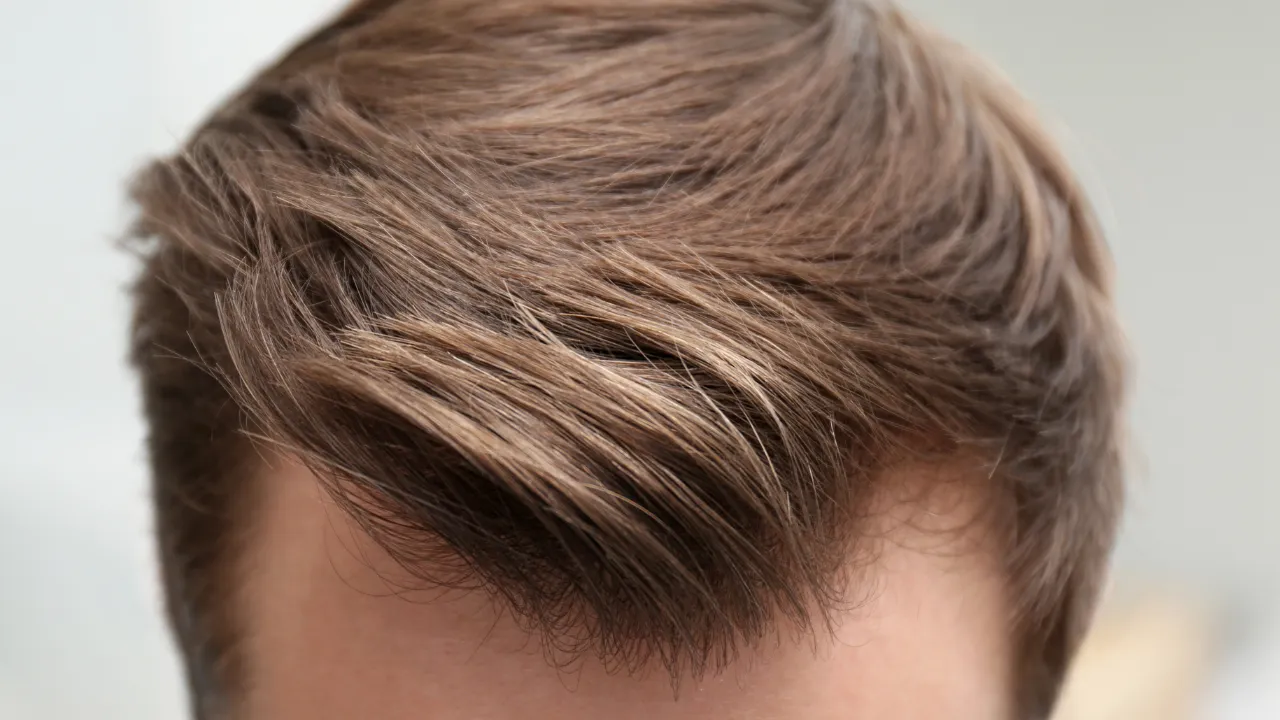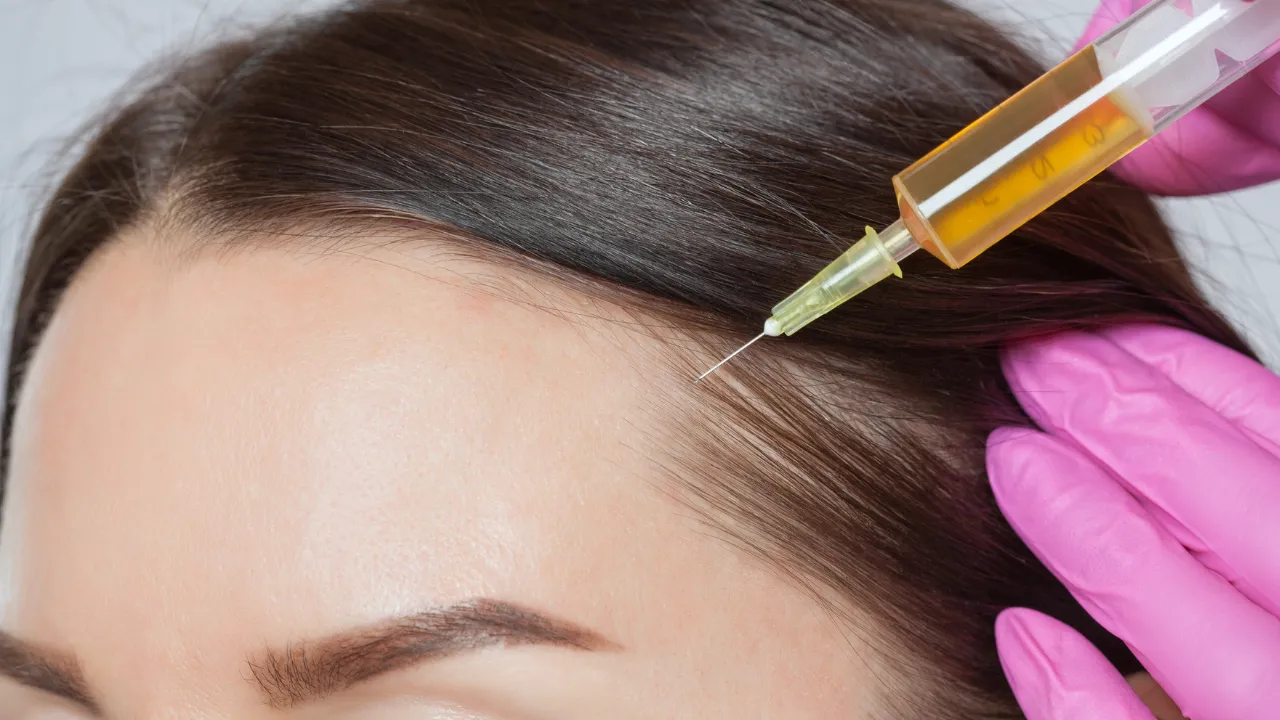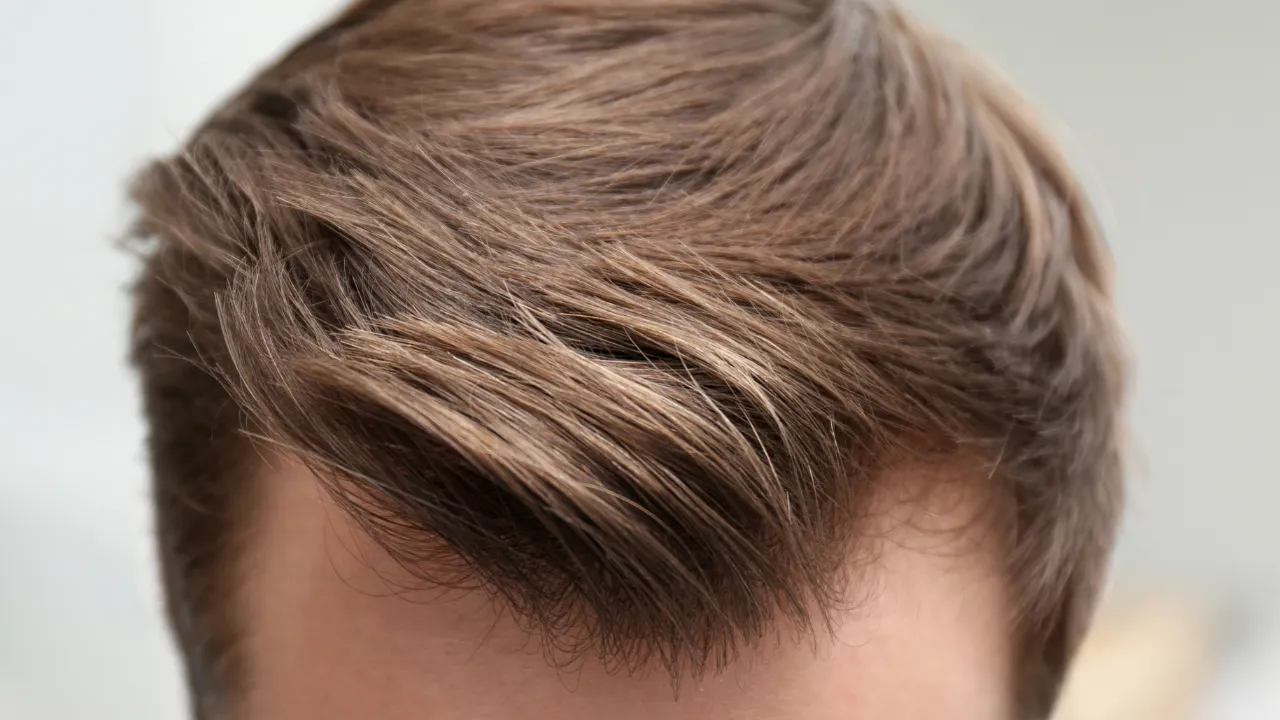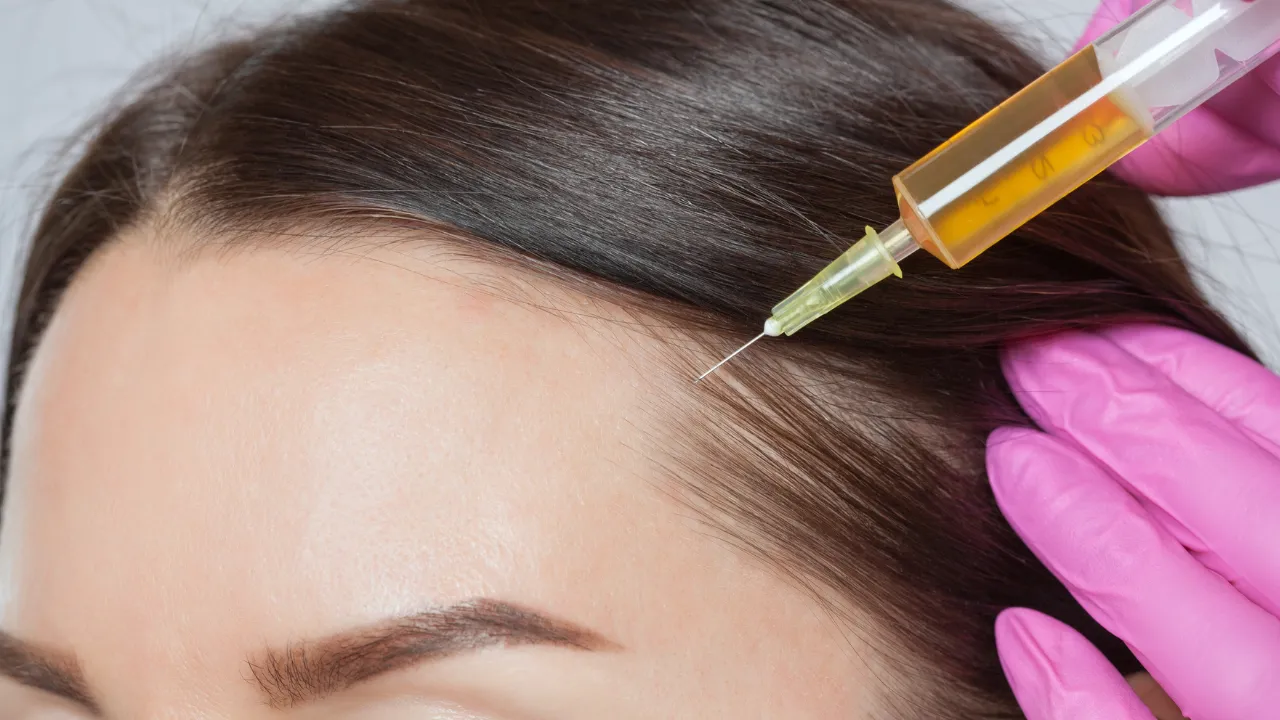Table of Contents
ToggleThe STD most often linked to hair loss are syphilis and HIV. Knowing how infections affect the scalp, hair follicles, and immune system is essential for effective treatment.
At Kopelman Hair, patients receive expert diagnosis and personalized treatment for hair loss caused by medical conditions. With over 40 years of experience, Dr. Ross Kopelman helps patients restore scalp health and confidence through advanced, medically guided care.
Key Takeaways
- The two STDs most often linked to hair loss are syphilis and HIV.
- Hair loss from STDs usually happens due to immune reactions, inflammation, or the body’s response to infection.
- In secondary syphilis, hair loss often appears as patchy “moth-eaten” spots on the scalp.
- HIV-related hair loss results from immune stress, nutrient deficiencies, or medication effects.
- Early diagnosis and proper treatment can stop further hair loss and support regrowth.
Understanding the Link Between STDs and Hair Loss
Hair loss caused by sexually transmitted diseases is rare but well-documented. These infections can affect how the body repairs and regenerates hair. When untreated, some STDs damage follicles or interfere with hormones and nutrients, leading to thinning.
Most common STDs – such as chlamydia, gonorrhea, or herpes – do not affect the scalp. But syphilis and HIV can alter hair growth by disturbing blood flow, immune function, or nutrient absorption.
Dr. Ross Kopelman emphasizes that the first step in managing this type of hair loss is treating the infection, then restoring scalp and follicle health with a tailored care plan.
Which STDs Can Cause Hair Loss
1. Syphilis
Syphilis is a bacterial infection caused by Treponema pallidum. It spreads through sexual contact and develops in stages if untreated. Hair loss usually occurs during the secondary stage, weeks or months after initial infection.
Patients may develop “moth-eaten alopecia,” irregular patches of thinning across the scalp, beard, or eyebrows. This happens when the bacteria infect skin and follicles, disrupting hair growth.
Other signs of secondary syphilis include:
- Rash on the body or palms
- Swollen lymph nodes or sore throat
- Fatigue and low fever
With prompt antibiotic treatment, syphilis-related hair loss is reversible and hair typically regrows within months.
2. HIV (Human Immunodeficiency Virus)
HIV weakens the immune system, making the body more vulnerable to infections that can cause shedding. The virus itself does not directly cause hair loss, but immune stress, nutrient depletion, and antiretroviral (ART) side effects can contribute to thinning.
Common signs include:
- Diffuse thinning across the scalp
- Slower regrowth
- Brittle or easily broken hair
- Dry or irritated scalp
Hair often improves with stable HIV treatment, balanced nutrition, and gentle care. In persistent cases, platelet-rich plasma (PRP) or low-level laser therapy (LLLT) can help restore scalp circulation and stimulate new growth.
How STDs Affect the Hair Growth Cycle
Hair grows in three stages: anagen (growth), catagen (transition), and telogen (resting). Infections, inflammation, and stress can shift large numbers of hairs into the resting stage, causing noticeable shedding.
- In syphilis, bacteria damage hair follicles.
- In HIV, immune weakness and medication effects slow regrowth.
- Chronic infection also triggers inflammation that restricts scalp blood flow.
The infection causes temporary or patchy hair loss, which usually improves once treatment begins and the immune system recovers.
Early Signs That STD-Related Hair Loss May Be Occurring
Spotting symptoms early prevents long-term thinning or scarring. Watch for:
- Patchy bald spots or moth-like patches
- Diffuse shedding over the scalp or beard
- Rash, fever, or fatigue alongside hair loss
- Persistent shedding despite good hair care
If these signs appear after possible STD exposure, seek both medical and dermatologic evaluation. Testing confirms whether infection or another condition is responsible.
How Doctors Diagnose STD-Related Hair Loss
Diagnosis involves teamwork between a dermatologist and an infectious disease specialist.
Steps may include:
- Medical History: Review of infections, medication use, and immune health.
- Physical Exam: Assessment of scalp and hair pattern.
- Blood Tests: Checking for syphilis antibodies, HIV, thyroid, and nutrient levels.
- Scalp Analysis: Using trichoscopy or microscopy to assess follicles.
At Kopelman Hair, advanced imaging and scalp evaluation identify whether hair loss stems from infection, hormonal imbalance, or another cause, ensuring patients receive accurate and targeted care.
Treatment for STD-Related Hair Loss
1. Medical Treatment
The first step is treating the infection:
- Syphilis: Penicillin or other antibiotics clear the bacteria and allow regrowth.
- HIV: Antiretroviral therapy (ART) controls the virus and reduces shedding.
Patients must follow medical advice closely and avoid self-treatment, which can delay recovery. Once the infection stabilizes, supportive therapies can restore healthy growth.
2. Restorative Hair Treatments
After infection control, scalp health can be supported with medical or minimally invasive options:
- Topical Minoxidil to boost blood flow and stimulate follicles.
- PRP Therapy to deliver growth factors that encourage regrowth.
- LLLT to enhance circulation and awaken dormant follicles.
- Nutritional Support with biotin, zinc, and vitamin D to reinforce hair strength.
3. Hair Transplant Surgery
For lasting or advanced thinning, hair transplantation provides permanent restoration. The procedure relocates healthy follicles to thinning areas for natural density. Dr. Kopelman recommends surgery only after infection resolution and scalp stabilization.
Can STD-Related Hair Loss Be Reversed?
Most cases are temporary when treated early. Once infection clears and scalp health returns, hair usually regrows within six to twelve months.
Permanent loss may occur if:
- The infection remains untreated for long periods.
- Scarring develops in the affected areas.
- The patient also has genetic (androgenetic) hair loss.
Early diagnosis and continued scalp care improve recovery outcomes.
Other Conditions That Mimic STD-Related Hair Loss
Several conditions resemble infection-related shedding:
- Telogen Effluvium: Temporary shedding after stress or illness.
- Alopecia Areata: Autoimmune patches of baldness.
- Seborrheic Dermatitis: Scalp inflammation that weakens follicles.
- Androgenetic Alopecia: Genetic thinning in men and women.
Proper testing distinguishes these from STD-related causes.
Prevention and Self-Care Tips
You can reduce your risk and support healthy hair by:
- Practicing safe sex and regular testing.
- Seeking prompt medical care for possible STD exposure.
- Eating a balanced diet with protein, iron, and vitamins.
- Avoiding smoking and excess alcohol.
- Managing stress through exercise and sleep.
These steps help protect both general health and scalp strength.
Emotional and Psychological Impact
Hair loss tied to illness can affect self-esteem. Many patients experience anxiety or fear of permanent damage. At Kopelman Hair, treatment includes education, reassurance, and follow-up to support both emotional and physical recovery.
When to See a Specialist
See a doctor if:
- Hair loss appears with other infection symptoms.
- Thinning continues after STD treatment.
- Bald patches do not improve within a few months.
Early care prevents permanent damage and restores healthy growth faster.
Expert Insight From Dr. Ross Kopelman
Dr. Ross Kopelman notes that infection-related hair loss usually reverses once treatment begins. His clinic combines PRP therapy, laser stimulation, and nutrient support to help patients regain density and confidence.
Final Advice
Hair loss linked to sexually transmitted diseases is rare but treatable. Syphilis and HIV are the main infections that can affect hair growth. With early detection and professional treatment, most patients recover successfully.
At Kopelman Hair, patients receive advanced, personalized care for all forms of hair loss. Whether caused by infection, hormones, or genetics, Dr. Kopelman and his team restore both hair and confidence through safe, proven treatments.


